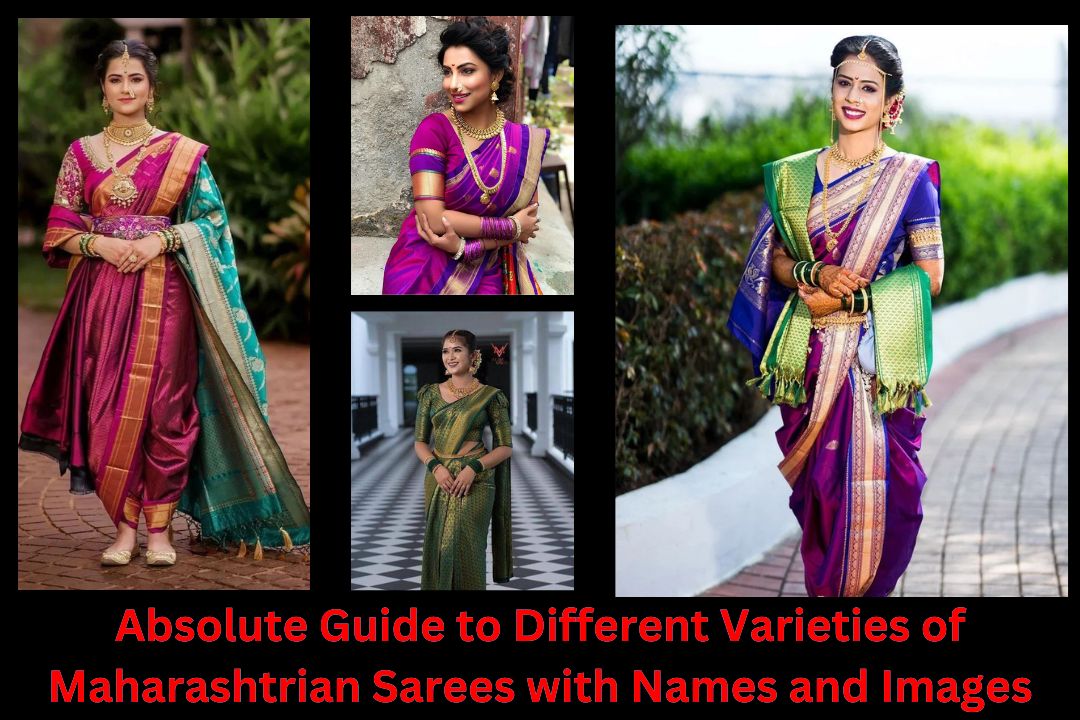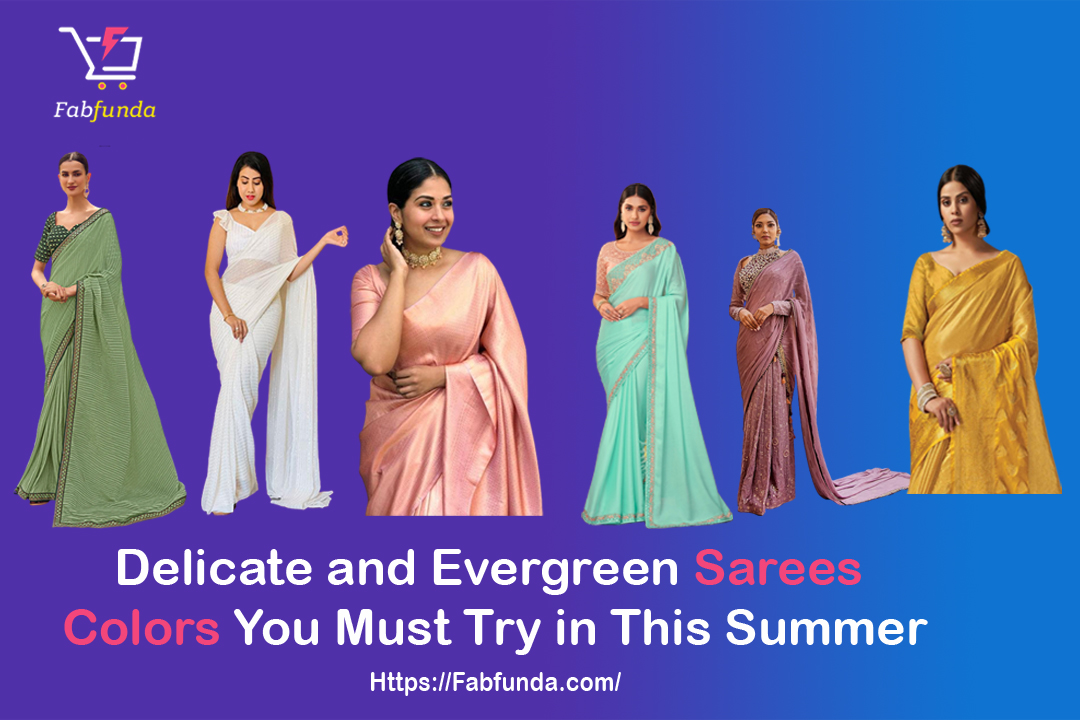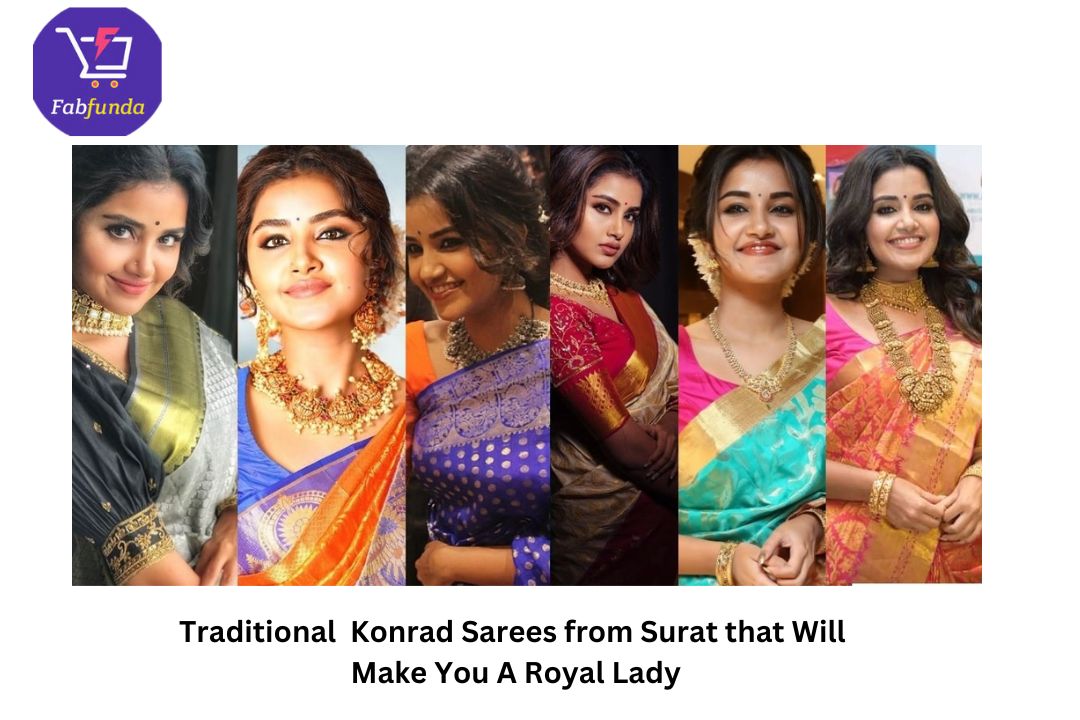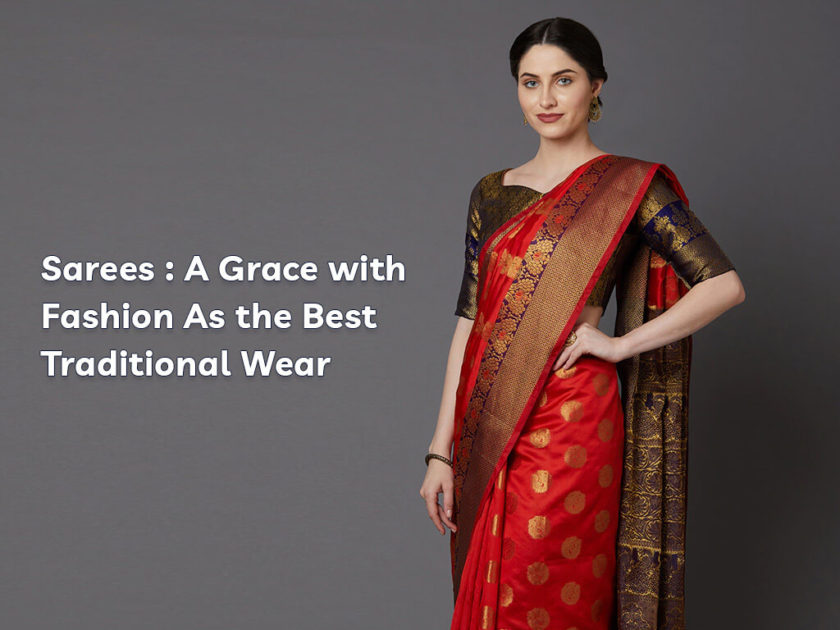
Table of Contents
Best Traditional Wear – India is a country with a diverse cultural heritage and history, with each region having its own own food, festival, and fashion traditions and customs. The saree dress, on the other hand, is a garment that can be obtained almost anyplace. Over a blouse and petticoat, this is a long length of cloth wrapped around the woman’s torso.
Every area of the nation has its own version of this basic garment, with everything from the fabric and patterns to the draping methods and blouses varying from one state to the next. Sarees are now worn all over the world, and many foreign celebrities have adopted the grace and cultural sophistication of Indian sarees.
A sari, also known as a saree, is a gorgeous women’s clothing from India that comprises an unstitched drape ranging in length from 5 to 9 metres and width from 700 to 1,200 millimetres that is wrapped around the waist.
The sari, sometimes spelt “saree,” is an unstitched piece of beautiful cloth, usually about five to nine yards long, that is worn as an important Indian woman’s attire. The pallu is the final strip, which is generally longer than a metre. A captivating blouse and a ‘Petticoat’ are typically worn with the sari.
Best Traditional Wear Sarees Fashion :
Style
There are several locations in India where you may discover a wide range of Indian sarees in various fabrics, designs, weaving methods, embroidery, crafts, events, patterns, and anything else you can think of. There are a plethora of draping options to suit every occasion.
It may be draped in a variety of styles, including Nivi, Marathi, Bengali, and Gujarati, to name a few. Saris are made in a variety of materials, including the Banarasi Silk saree from Uttar Pradesh and the Gadwal Saree from Andhra Pradesh.
Present Day
Geographic and cultural forces impact the fundamental form and draping technique of the saree in different parts of India. However, because of its high level of comfort, the sari has been created in contemporary designs by designers and fashion aficionados throughout the last few decades. The Lehenga Saree manufacturers is one such invention; it combines the form of a lehenga with that of a saree, with the pallu wrapped independently across either shoulder, giving it the appearance of a Lehenga Style Sari.
Another modern Saree invention is the half-half sari, which has two sides of the Saree material in two separate, typically opposing colours. Similarly, kimono saris and saree jumpsuits have grown in popularity over time.
Maintenance
Because saris are woven in a variety of textiles, including Silk, Crepe, Chiffon, and Brocade, to name a few, the care required varies depending on the fabric or weave. Another consideration is the complexity of the decorations. Sarees containing a lot of stonework, for example, should ideally be dry cleaned.
The sheer diversity of sarees available on the market is one of the most appealing aspects of the saree for stylish ladies. Aside from the fantastic regional alternatives, there are a slew of designer inventions, such as the lehenga saree or half-and-half saree, that tailor the garment to the preferences of modern women. As a result, there are many saree patterns to select from; it is no more a garment reserved for the elderly or people with best traditional wear preferences.
Best Traditional wear drapes
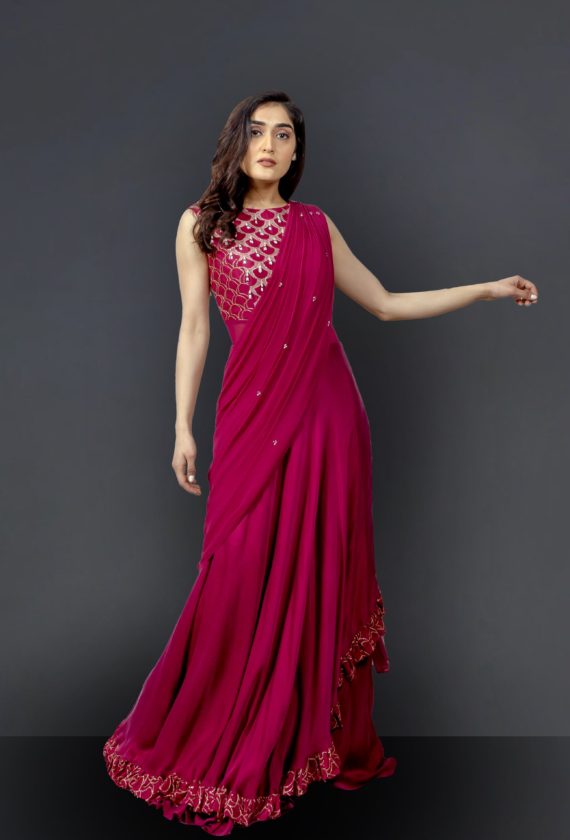
The most exquisite sarees are frequently found in India’s rural areas, where craftsmen have been producing stunning clothes for royalty for generations. These sorts of regional sarees used to be manually woven and might take months or even years to complete. While unique hand woven and hand embroidered sarees are still available for particularly rare events at a premium cost, the bulk of selections in a typical saree assortment will be machine produced utilising artificial looms nowadays.
Indeed, craftsmen have incorporated contemporary technology into their traditional methods, lowering costs and broadening the appeal of their products. Women all around the world may now purchase a range of gorgeous sarees, ranging from thick and glossy Kanjeevaram saree designs to fine-looking wholesale Chanderi sarees , from highly embroidered Chikan sarees to Batik printed sarees. The saree patterns are woven into the fabric in certain textiles. For example, Banarasi sarees wholesaler are known for their beautiful gold thread patterns woven into the silk textiles.
Contemporary versions
Because there is a demand for sarees of all sorts for various events in India, saree patterns are highly diverse. Many women, for example, best traditional wear sarees on a daily basis, to work or to run errands, but for others, sarees are special occasion clothing that must be dazzling and appealing.
The most distinctive and appealing sarees with contemporary hues, dazzling decorations, and sophisticated patterns may be found in a designer sarees Manufacturers Surat assortment. Ethnic methods like as zari, Resham cut dana, gota patti, aari, booti, and others are commonly used to embroider and decorate them. Plain or patterned sarees for everyday best traditional wear, on the other hand, are likewise in high demand.
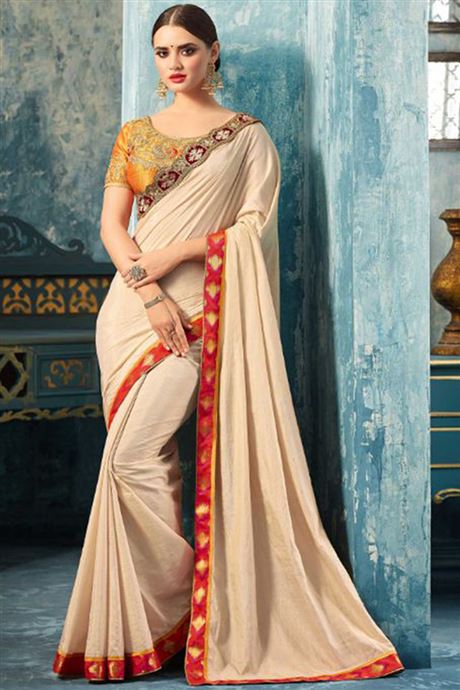
A Grace with Fashion As the Best Traditional Wear
The key to pulling off the saree style is correct draping and pleating, so choose a drape that matches your body shape and feels comfortable when wearing one. The classic off-the-shoulder free flowing drape is a fantastic choice for a party or celebration, but it is recommended to pin up the saree properly for the office or any official function.
At some festivals and events, regional draping variants such as the back to front Bengali drape or the double pleated Gujarati drape are anticipated. However, in order to stand out from the crowd, many ladies are experimenting with best traditional wear draperies in non-cultural settings.
Another technique to make a saree stand out is to make sure the style is flawless. The Indian saree style emphasises a woman’s femininity and attractiveness, and this can be done in a basic or elegant manner, according on the best traditional wear preferences. A best traditional wear saree outfit can include a matching sari blouse, traditional gold jewellery, and bangles, for example.
Women can best traditional wear a patterned cotton saree for everyday best traditional wear, or a stiffer material like crepe or Dupioni silk cloth in subdued hues for business, and accent the appearance with simple yet sophisticated pearl jewellery. The finest thing about the saree is that due of the exquisite drape and fall of the fabric, even a’simple’ appearance suddenly looks elegant.
Wholesale Designer sarees are frequently embellished in even more provocative ways. The blouse might have a halter neck, be sleeveless, or have a deep neck, and be in hues that contrast sharply with the saree. The current red carpet trend is to make the blouse the focal point of the ensemble by matching a thick and lavishly patterned brocade blouse with a high-collar neck and long sleeves with a saree made of a thin material like chiffon or georgette.
